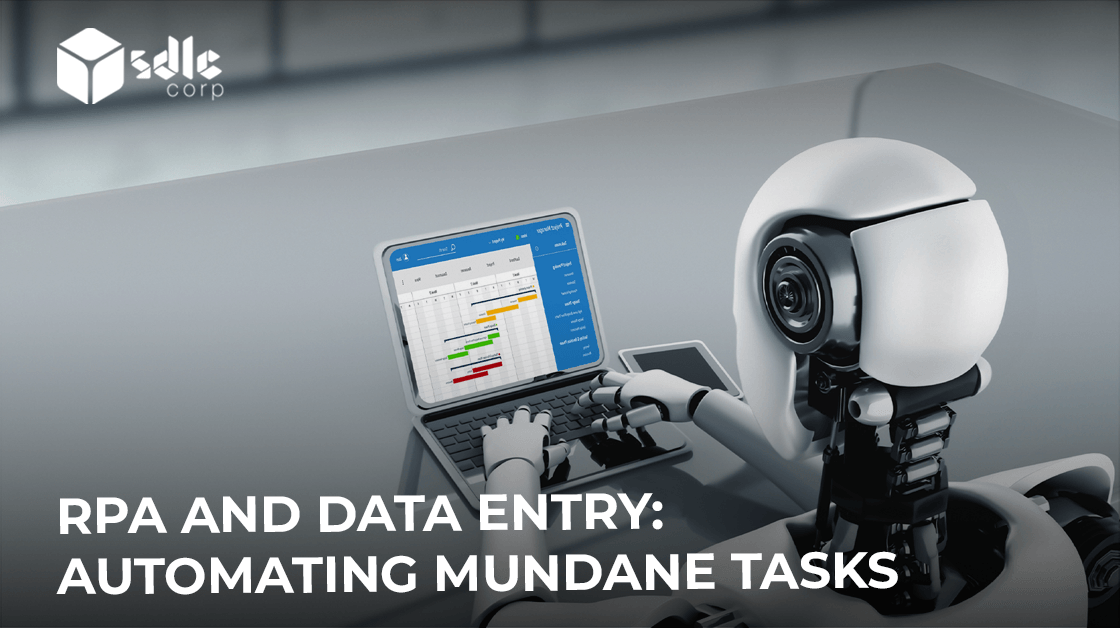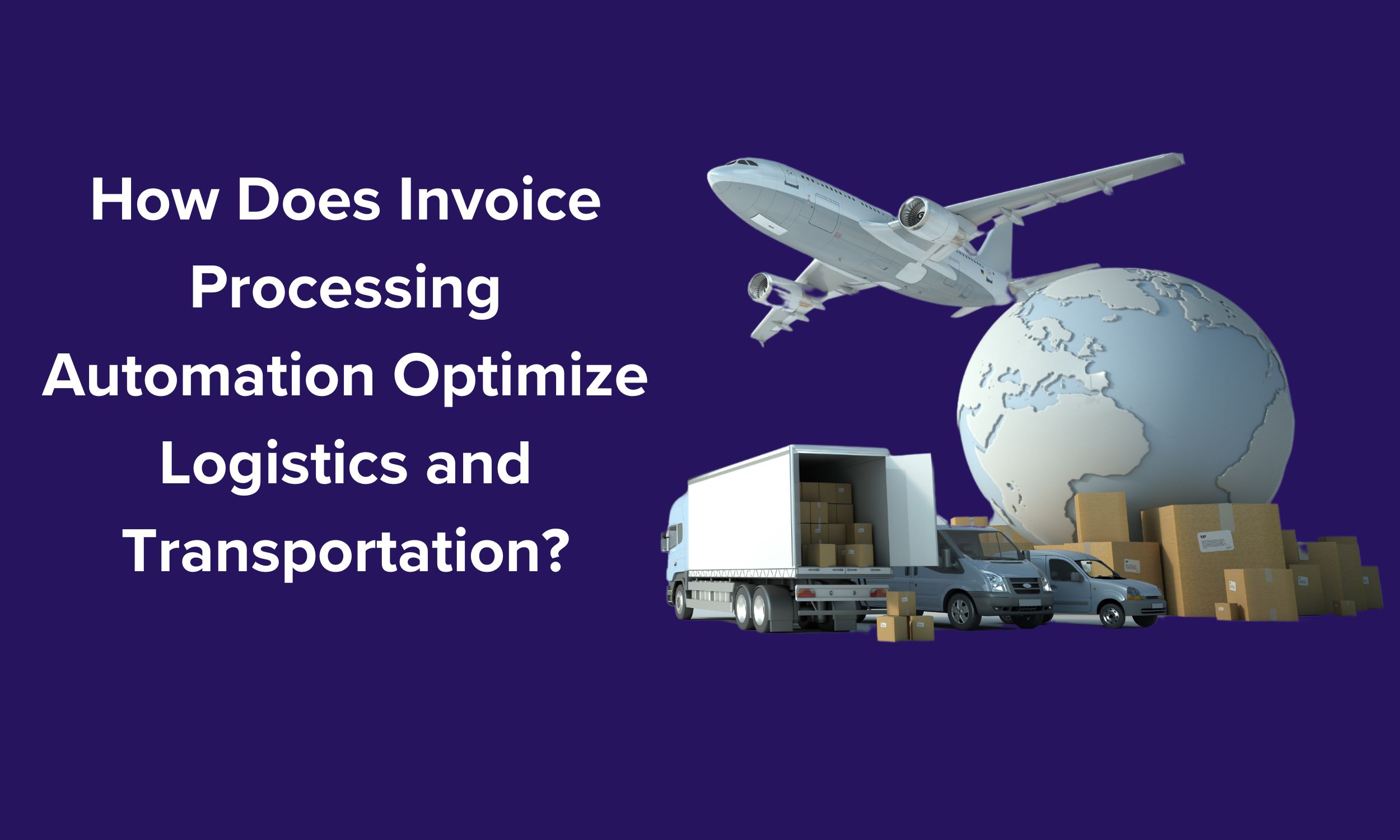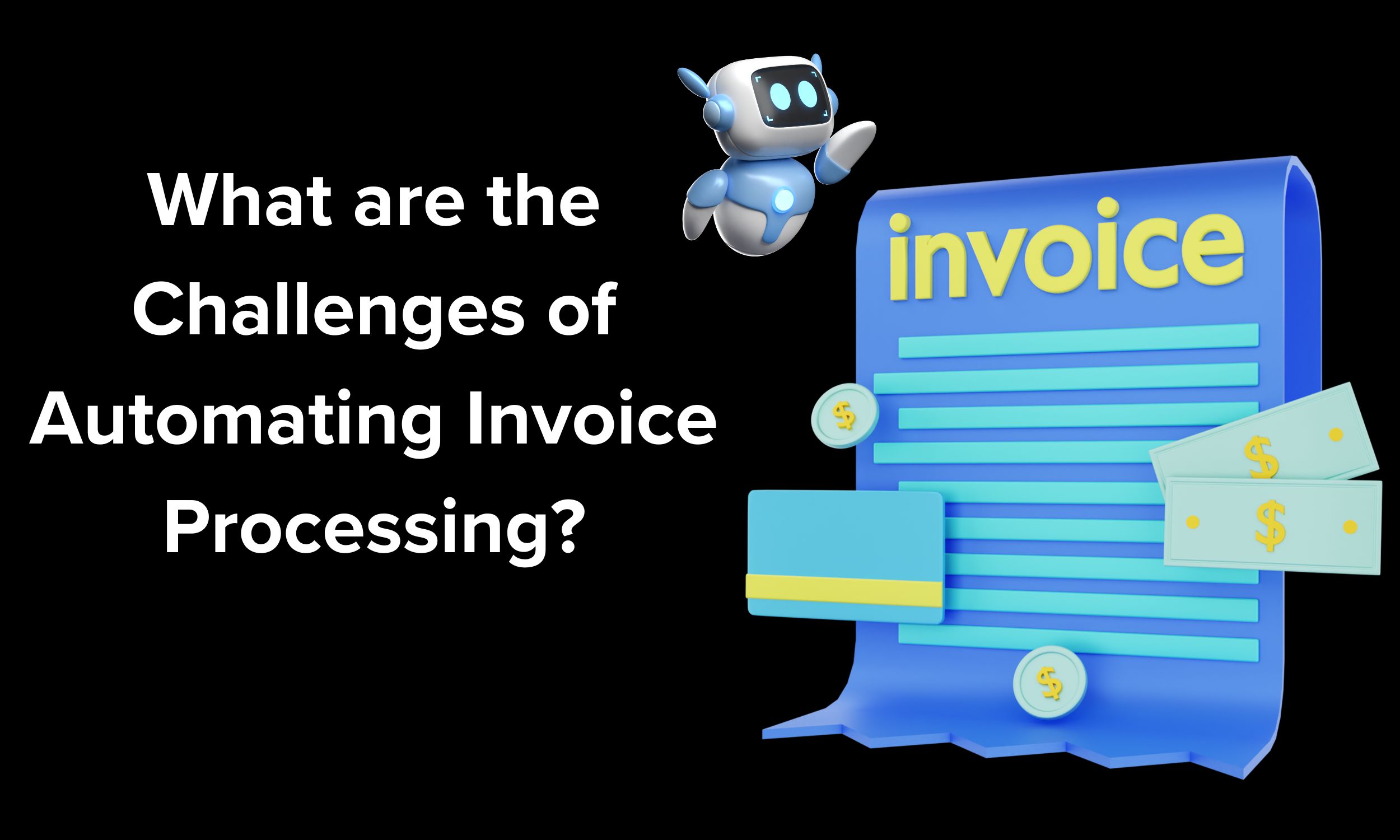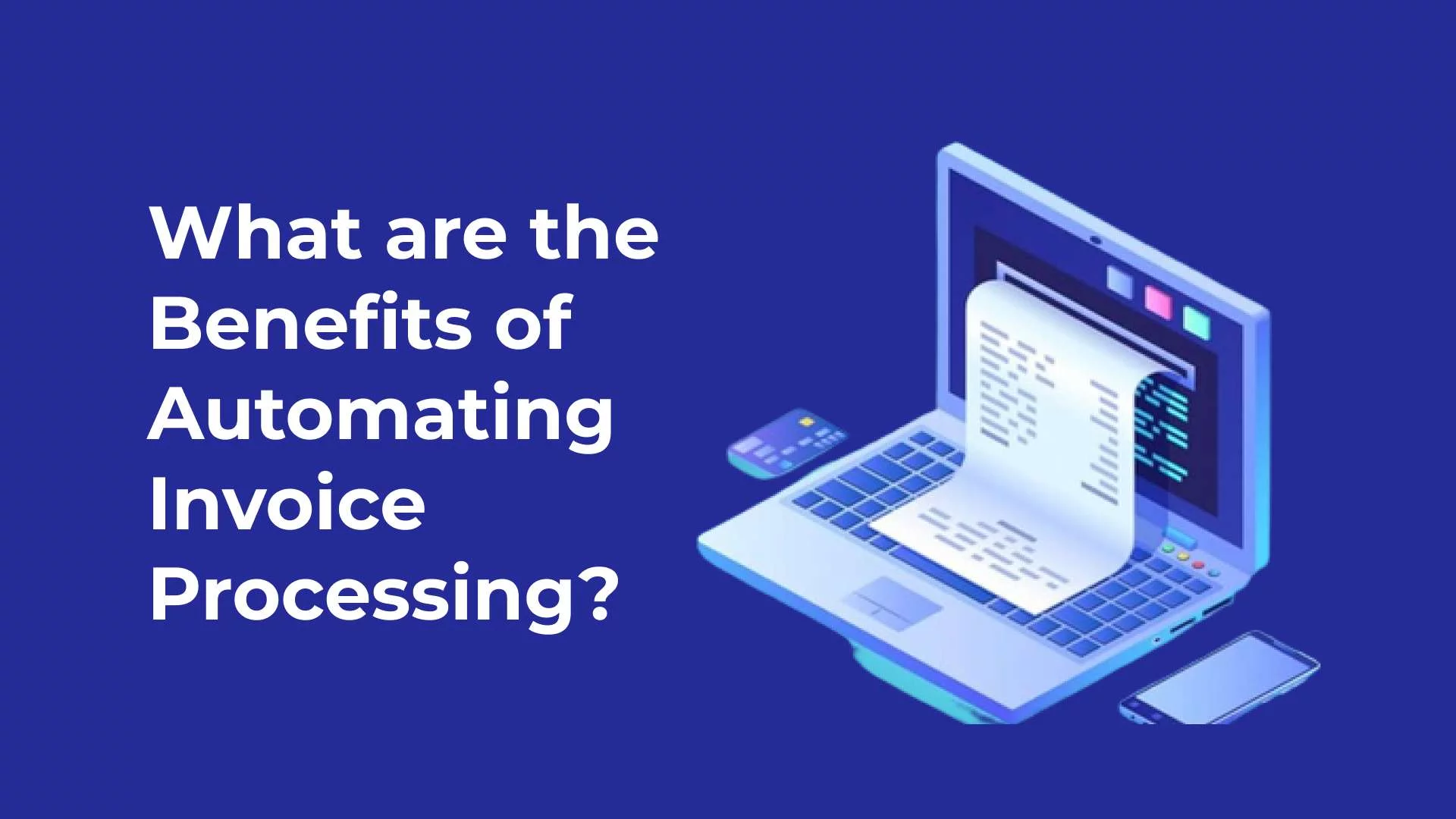Introduction
RPA for Data Entry: In today’s digital age, businesses constantly seek new and innovative ways to improve their efficiency and productivity. One area that has seen a significant shift in recent years is data entry, which has traditionally been a tedious and time-consuming task.
However, with the advent of Robotic Process Automation (RPA), businesses can automate this mundane task and save significant amounts of time and money.
RPA involves the use of software bots to automate repetitive tasks. These bots can be trained to perform various tasks, including data entry, extraction, and processing. As a result, businesses can decrease the chance of errors while increasing accuracy and speed by automating these activities. (Read More about “Understanding RPA and its Various Industry Applications”)
Let’s look at the use of RPA for data entry automation and how this automation technology can help you save up to 70% on data entry expenses.
But first, let’s clear the air around a crucial term: Data entry automation.
What Exactly is Data Entry Automation?
‘In layman’s terms, data entry automation refers to a collection of software products used to optimize data insertion processes.’
Although self-explanatory, data-entry automation aims to assist knowledge workers by utilizing data entry systems and RPA bots that can read and write information from various sources, such as PDFs, emails, and online forms.
But pause, there’s another question: What exactly is Robotic Process Automation?
Let’s start with that.
What Exactly is RPA?
RPA is a technology that enables software robots to perform repetitive tasks. The software robots are programmed to imitate human actions such as opening applications, filling out forms, and extracting data. (Read More about “RPA Implementation: Tips for a Successful Rollout”)
As a result, RPA can be used to automate various tasks, including those related to customer support. An RPA software robot, for example, can be programmed to manage customer inquiries received via a company’s website or social media channels. The software robot can respond to queries based on pre-defined rules and guidelines or route them to a suitable CSR.
How Does RPA Help with Data Entry?
Processes in business should be,
Take data input, for example. The procedure possesses all the critical characteristics listed above, making it an ideal candidate for Robotic procedure Automation.
RPA bots are programmed to monitor, verify, and ensure that the information entered into your system(s) is accurate, organized, and carried out by the pre-established rules and standards created by the human workforce.
In a nutshell, Robotic Process Automation speeds up data input by augmenting routine manual data entry actions with automation tools and tricks.
RPA's Real-World Implications for Data Entry
In 2014, an employee at Xchanging had the idea to put Robotic Process Automation to the test.
She then created a software robot called ‘Poppy’ and assigned it to assist her in automating the tedious (and repetitive) paperwork associated with validating insurance premiums.
Can you imagine the outcomes?
Explore our other insights!
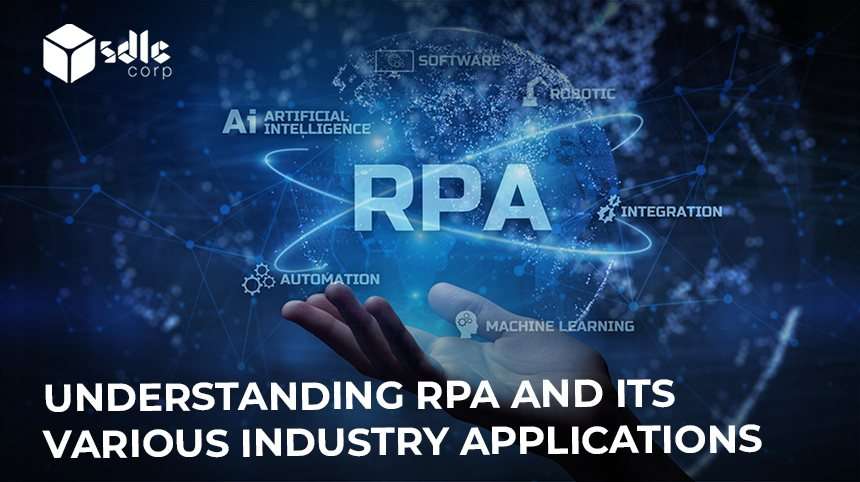
Understanding RPA and its Various Industry Applications
Introduction RPA Industry Applications: Robotic Process Automation (RPA) is an innovative technology that automates mundane, repetitive tasks and

RPA and The Finance Industry: Use Cases and Benefits
Introduction RPA and The Finance Industry: Robotic Process Automation (RPA) is a rapidly growing technology transforming various industries
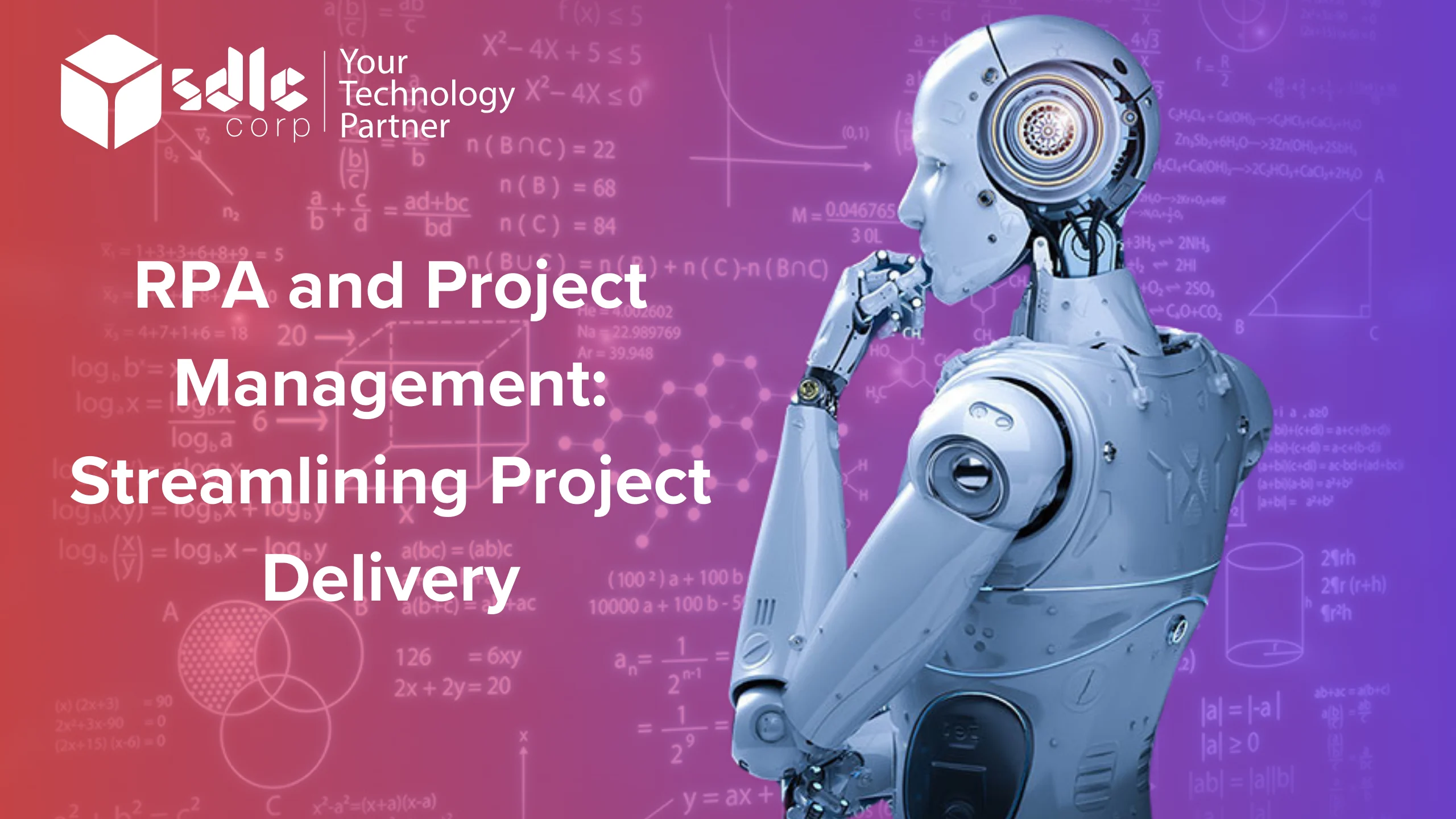
RPA and Project Management: Streamlining Project Delivery
Introduction RPA and Project Management: In today’s fast-paced business world, companies always look for new ways to increase
Whereas it used to take several days to handle 500 insurance premiums, Poppy did it in 30 minutes!
That is a significant increase in claim processes, demonstrating RPA bots’ ability to automate mechanical work and save time and money.
Effortless Data Entry: Automate with RPA for Efficiency!

What are the Advantages of RPA in Data Entry?
Robotic Process Automation optimizes data entry processes by leveraging enhanced workflow processes. Here are a few prime benefits of RPA for data entry processes:
1. Accurate Entries
According to studies, 20% of FTE human hours are spent on tedious, mundane, and repetitive activities. ‘RPA bots will always enter more accurate data than any human could reasonably enter,’ says one expert.
But why? For dull, repetitive activities, as well as hedonic adaptations, the human brain becomes fuzzy. When implementing RPA for data entry procedures, feel assured that there’d be no typos, clerical errors, or entries in the wrong fields. It is crucial to remember that the RPA bot’s use of Optical Character Recognition determines the degree of precision.
2. Increased Productivity
Humans require breaks, but software robots do not. RPA programs are active 365 days per year, seven days per week. On the other hand, a person only works 40 hours per week. Using the correct RPA tools lets your company handle data-entry processes on autopilot.
According to a Gartner study, a single RPA bot equals 30% of FTE employees.
That is not to say that using RPA would result in job losses. No.
However, proper Robotic Process Automation implementation for business processes would free up time and resources for your employees to focus on high-priority duties, promoting productivity and job satisfaction.
3. Simple Scalability
Demand is unstable due to changing market patterns, the global crisis, the COVID-19 pandemic, and other factors. If your product or service demand unexpectedly spikes or falls (which is highly likely), hiring or laying off employees will be difficult.
However, if you use RPA bots to automate your data-entry processes, you can either add new bots or remove existing ones as needed.
Unlock Efficiency: RPA for Automated Data Entry!

4. Reduce Turnover Costs
Implementing RPA bots for data entry automation reduces turnover costs because bots never stop. Humans are emotional beings, and various variables, such as the quality and quantity of work, pay, and incentives, can cause us to abandon projects and seek other opportunities.
Bots, comparatively, are immune to feelings. They follow their programming. In other words, when adopting RPA for data entry processes, you’d never have to worry about hiring other workers, training them for various systems, and monitoring their performance, except for other things.
5. Nominal IT Resources
Another fact: RPA implementation does not necessitate the upgrade of your current IT infrastructure.
RPA bots operate on a different layer, bringing new features and capabilities to legacy systems incompatible with the most recent APIs.
RPA technology is fundamentally rendered and managed by an RPA implementation partner. These partners, which include Signity Solutions, ensure the proper operation of your software robots: fixing bugs, extending upkeep, patching updates, and more.
6. Minimal Down-Time
Human intellect is limited in its capabilities. However, RPA bots operate at 100% capacity at all times.
By automating your data entry processes with RPA, you can give your human workforce more time to focus on primary tasks aligned with your company’s growth goals while allowing downtime for essential human activities.
7. Development of Human Capabilities
Robotic Process Automation works with people, not against them.
Robotic Process Automation is gradually spreading across all key industries, including insurance, retail, banking, finance, etc.
Data entry is crucial and inherent to the optimal working of all major industries.
Structured, unstructured, and even complicated data entry processes are underpinning actionable benefits from proper Robotic Process Automation deployment. It’s a common idea that’s reinforced time and again.
Here are Some Statistics and Analytics Related to RPA and Data Entry
1. The global RPA market was estimated to be worth USD 1.89 billion in 2020, and a Grand View Research study projects it to grow at a CAGR of 33.6% between 2021 and 2028.
2. The same study also found that adopting RPA in industries such as BFSI (banking, financial services, and insurance), healthcare, and retail is expected to drive the market’s growth.
3. A survey conducted by UiPath found that 83% of respondents reported improved accuracy and quality of work after implementing RPA technology.
4. The same survey also found that 74% of respondents reported improved productivity after implementing RPA technology.
5. A report by Deloitte found that RPA can reduce the time required for manual data entry tasks by up to 90%.
6. According to a study by Forrester, RPA can deliver ROI (return on investment) of up to 300% in the first year of implementation.
7. The same study also found that RPA can reduce operational costs by up to 25% and increase productivity by up to 50%.

Conclusion
FAQs
1. How does RPA work?
RPA bots mimic human actions and interact with software systems as humans do. They can be programmed to carry out various duties, including starting applications, copying data, pasting it, completing forms, and more.
2. Why is data entry automation critical?
Data entry can be tedious and time-consuming and prone to errors when done manually. By automating data entry, organizations can save time, reduce errors, and enable staff to concentrate on more high-value duties.
3. What are some examples of tasks that can be automated with RPA?
Some everyday tasks that can be automated with RPA include data entry, invoice processing, report generation, customer support, and more.
4. Do I need programming skills to use RPA for data entry automation?
Not necessarily. While some RPA tools may require programming knowledge, there are also user-friendly RPA platforms that allow non-technical users to create and deploy bots using drag-and-drop interfaces.

